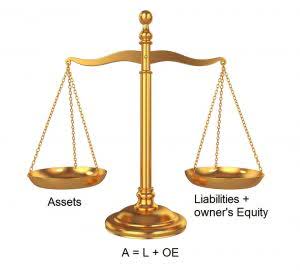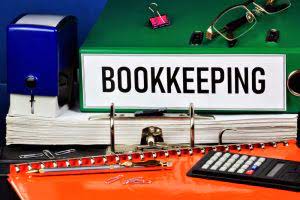
They also report higher depreciation in earlier years and lower depreciation in later years. A double-declining balance method is a form of an accelerated depreciation method in which the asset value is depreciated at twice the rate it is done in the straight-line method. Since the depreciation is done at a faster double declining balance method rate (twice, to be precise) than the straight-line method, it is called accelerated depreciation. By front-loading depreciation expenses, it offers the advantage of aligning with the actual wear and tear pattern of assets. This not only provides a more realistic representation of an asset’s condition but also yields tax benefits and helps companies manage risks effectively. Some systems specify lives based on classes of property defined by the tax authority.

Sum of Years’ Digits Depreciation
- Double Declining Balance Depreciation is a way to calculate how much value an asset loses over time.
- The final step before our depreciation schedule under the double declining balance method is complete is to subtract our ending balance from the beginning balance to determine the final period depreciation expense.
- Various depreciation methods are available to businesses, each with its own advantages and drawbacks.
- The declining balance method is one of the two accelerated depreciation methods and it uses a depreciation rate that is some multiple of the straight-line method rate.
- This higher initial depreciation aligns with the rapid decrease in the car’s value and the heavy use in the early years.
Double Declining Balance or DDB refers to the accelerated method of calculating depreciation in which asset value gets depreciated at twice the rate as that in the straight-line method. Owing to an increased rate of depreciation, it is termed accelerated depreciation. This method can be placed between the straight-line method and the double declining balance method, in terms of speed of depreciation. In this method, the yearly depreciation is separated into various fractions based on the number of years in the useful life.
Adjusting Entries on Balance Sheet, Income Statement, and Cash Flow statement
Using the double-declining balance method, the $100,000 of book value is multiplied by 20%, resulting online bookkeeping in $20,000 of depreciation in the first year. In this journal entry, $20,000 will be debited from Depreciation Expense and $20,000 will be credited to Accumulated Depreciation. Once the asset is valued on the company’s books at its salvage value, it is considered fully depreciated and cannot be depreciated any further. However, if the company later goes on to sell that asset for more than its value on the company’s books, it must pay taxes on the difference as a capital gain. We collaborate with business-to-business vendors, connecting them with potential buyers. In some cases, we earn commissions when sales are made through our referrals.
- In the last year of an asset’s useful life, we make the asset’s net book value equal to its salvage or residual value.
- Tangible assets, like machinery or equipment, contribute toward incomes over many accounting periods.
- Firms depreciate assets on their financial statements and for tax purposes in order to better match an asset’s productivity in use to its costs of operation over time.
- That means you get the biggest tax write-offs in the years right after you’ve purchased vehicles, equipment, tools, real estate, or anything else your business needs to run.
- Since it always charges a percentage on the base value, there will always be leftovers.
Cash Management

Whether you’re a Bookkeeping for Veterinarians seasoned finance professional or new to accounting, this blog will provide you with a clear, easy-to-understand guide on how to implement this powerful depreciation method. We’ll explore what the double declining balance method is, how to calculate it, and how it stacks up against the more traditional Straight Line Depreciation method. By the end of this guide, you’ll be equipped to make informed decisions about asset depreciation for your business.
- The higher depreciation in earlier years matches the fixed asset’s ability to perform at optimum efficiency, while lower depreciation in later years matches higher maintenance costs.
- Certain fixed assets are most useful during their initial years and then wane in productivity over time, so the asset’s utility is consumed at a more rapid rate during the earlier phases of its useful life.
- Doing some market research, you find you can sell your five year old ice cream truck for about $12,000—that’s the salvage value.
- In summary, understanding these advanced topics helps ensure accurate financial reporting and compliance with accounting standards.
- Business News Daily provides resources, advice and product reviews to drive business growth.
What is the double declining balance method of depreciation?
Double declining balance depreciation allows for higher depreciation expenses in early years and lower expenses as an asset nears the end of its life. Double declining balance depreciation is an accelerated depreciation method that charges twice the rate of straight-line deprecation on the asset’s carrying value at the start of each accounting period. The double declining balance method accelerates depreciation charges instead of allocating it evenly throughout the asset’s useful life. Proponents of this method argue that fixed assets have optimum functionality when they are brand new and a higher depreciation charge makes sense to match the fixed assets’ efficiency. The biggest thing to be aware of when calculating the double declining balance method is to stop depreciating the asset when you arrive at the salvage value. That is less than the $5,000 salvage value determined at the beginning of the asset’s useful life.
